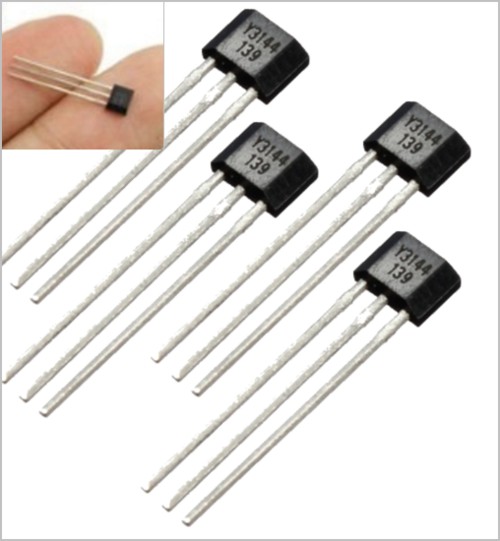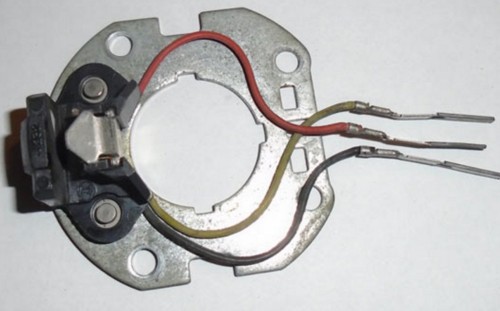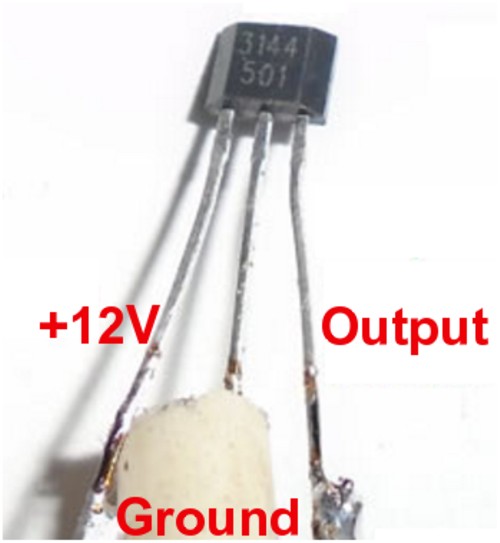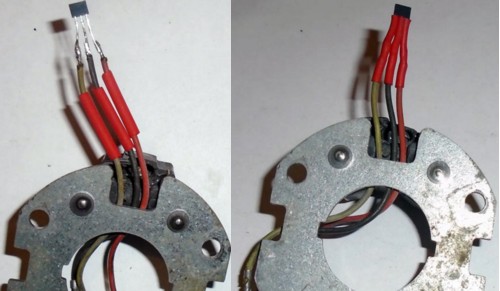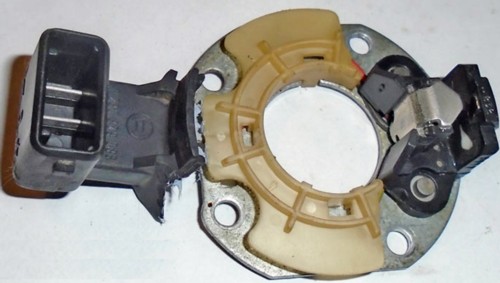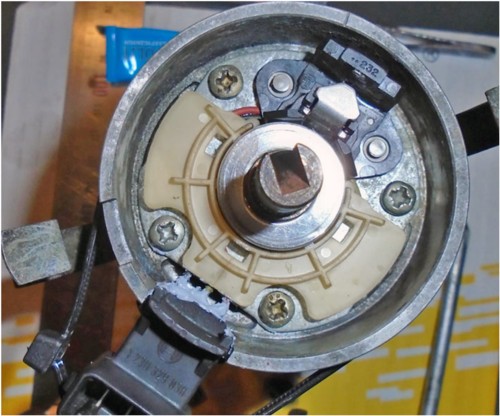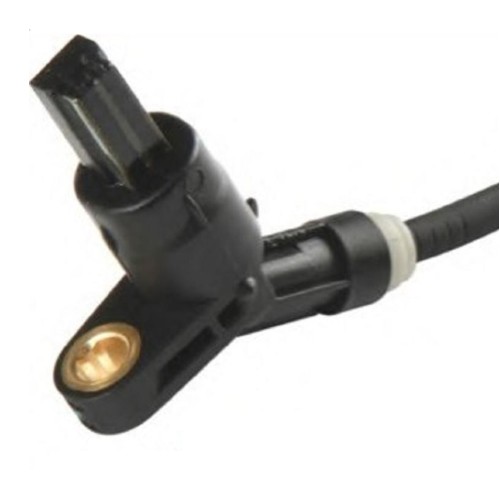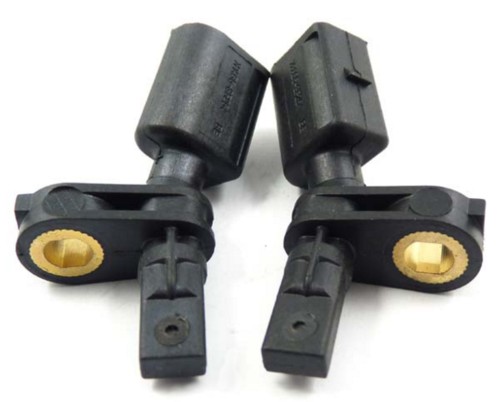My epc light came on
Virtually every motoring enthusiasts who owns a Volkswagen Golf TDI simply loves its torque; its drive, its racy performance, its braking, its fuel economy and especially its manual transmission model. Be that as it may, 6 out of 10 Volkswagen and Audi owners are unhappy about Volkswagen as a whole. Unhappy about their cheating devices, unhappy about the emission scandal, unhappy about the entire VW TDI buy back claims processes, but more specifically unhappy about having to give back the car that they love so much.According to the 225-page court document that outlines VW’s settlement, which reads,
“At the present time, there are no practical engineering solutions that would, without negative impact to vehicle functions and unacceptable delay, bring the 2.0 Liter Subject Vehicles into compliance with the exhaust emission standards.”
This is so wrong on so many different levels hence most VW and Audi owners are completely pissed-off -pissed-off at Volkswagen. Event hough most VW TDI enthusiasts haven't returned their cars, they are already missing them, even before it's taken back; all of them very unhappy about it. It's always good to be optimistic about the buyback outcome but pessimistically speaking, VW, Audi, Seat and Skoda owner's are all complaining about their cars, ranging from,
"My epc light came on and I lost power", to
"I got stranded on the side of the highway today for almost an hour when my EPC light went on", to
"The first time it happened, the EPC light turned on and loss of power lasted for a day and then it went away on it's own", This is now the third time this happened, the EPC light comes on and then my car just loses power",
"I took my car to the VW agents for a EPC problem who then said they found a few error code but they didn't know what was wrong, so they just reset them",
"Totally disgusted, by the dealer's complete and utter disregard to accept responsibility for their pathetic workmanship. They threw a dozen parts at the problem at my cost and the EPC problem is still not solved",
I've kept track of all the faults on my VW Polo, and it fills a foolscap page. It ranges from interior parts falling off, the foot rest lodging itself under the brake pedal whilst driving, the brakes randomly engaging and causing under steer, to continual creaks from the suspension, the gearbox is crap, not to mention my daily battle with an EPC issue. My Polo's been back to VW a full 58 days during this year, yet they still haven't fixed all the issues and as a result I very nearly caused 2 accidents due to the on-going braking issue, and the EPC going into limp mode on an on-ramp,
I've spent more than a year trying to solve the problem “EPC” light problem, I've already replaced the Acceleration pedal, Two sensors located under the engine, Cambelt kit, Throttle Body, all the injectors and the ignition coils and the ECU, but the light still regularly comes on,
The VW guaranteed future Value a Rip-Off! I have never been so dissatisfied with help from customer service and will NEVER EVER purchase another Volkswagen nor recommend it to anyone I know, because of the shoddy way we were treated. The staff working in VW credit and financial are rude and disorganized, no wonder they losing all their customers.They charged me for items covered by the warranty.
And the list goes on. These are only a few of the nice clients I wouldn't want to repeat what some of the other "not so nice" clients said about Volkswagen and their cars, especially about the EPC light and limp mode. Electronic power Control (EPC) has become part of every VW, Audi, Skoda and Seat owners vocabulary, yet few understand what it really is. So allow me to put you in the picture.
Electronic Power Control
The EPC warning light is just a regular warning indicator light, much like your handbrake light or your oil indicator light. The handbrake light just tells you that the hand break is engaged, alternatively that it hasn't been released. Likewise the oil light is a warning indicator that alerts the driver to the fact that the oil is low. In the very same vain the EPC warning light is just an indication that something awry has happened in your Volkswagen's torque system, which is a sub-circuit of the Electronic Power Control Circuit.So what exactly is the torque system ? you may ask. Well is consists of various interlinked components, where the functionality of one is subject to another. These components are your Volkswagen's entire drive-by-wire system, incorporating the accelerator pedal, the throttle body, the cruise control, the traction control, the breaking system, the fuel pressure system, the knock sensors and the ECU, along with the wiring harnesses that inter-connects all these components. The wiring harness is a safer substitute for accellerator cable in all drive-by-wire systems.
The accelerator pedal
The accelerator pedal for that matter, has 2 independent potentiometers inside a module that's permanently bonded to the pedal itself. These 2 potentiometers are call senders by Volkswagen and known as G79 and G185, but I will use these terms interchangeably. This module is connected to the ECU via a 6 wire harness, essentially 3 wires per senders. Before, I continue, let me tell you what a potentiometer is, if you not familiar with the term. Another name for a potentiometer is variable resistor or a rheostat. It is most commonly used as rotary the control knob on a radio, with which to control the level of its volume. It is also commonly used in the bedroom light dimmer to adjust the level of light needed.Each sender has 3 pins, 1 for each end of its resistor and 1 pin for its wiper. All three pins of each sender are connected to 3 pins specific pins of the ECU. The ECU sends each sender a high and a low voltage across their resistors and receives a difference fed back voltage from each sender's wiper. The 2 wiper feedback voltages are referenced and inverted to one another and translated by the ECU as how much the accelerator pedal is depressed. Should the ECU loose either of the wiper inputs for even a fraction of a second, the ECU limp mode program will execute, the EPC light will come on and the engine wont rev higher that 2000 rpm any longer. When my EPC light came on, I traced it back to a fault/ intermittent accelerator pedal due to error codes P1630 to P1634 and P1639.
The throttle body
Much like the accelerator module, the throttle body also has 2 integrated potentiometers called angle sensors known as G186 and G187. They inform the ECU how wide open or closed its butterfly is. The throttle body also has a built-in stepper motor known as an actuator. The ECU essentially translates the accelerator pedal position to a voltage / pulse train that drives the stepper motor, that in turn opens and closes the throttle body butterfly, controlling air flow between air filter and intake manifold. In a nutshell, a remote control system that mimics the operation of an accelerator cable. If for any reason the throttle body is removed or dismantled, it would be necessary to perform the adaptation procedure. When my EPC light came on, I traced it back to a throttle body problem with error codes P1171 - Angle Sensor 2 for Throttle Actuator (G188) Implausible Signal.The cruise control
When the cruise control is enabled, a signal is sent to the ECU to this effect, which in turn sends the necessary voltage / pulse train to the throttle body stepper motor to keep it steady and received feedback from G186 and G187 to further control the process., ignoring the accelerator pedal until the brake is applied or receiving a signal change from the accelerator pedal. Should something go awry in this process, cruise control will be canceled, the ECU limp mode program will execute, the EPC light will come on and the engine wont rev higher that 2000 rpm any longer. When my EPC light came on, I traced it back to a cruise control switch problem with error codes 00895 - Cruise Control Switch (E45) Defective.

